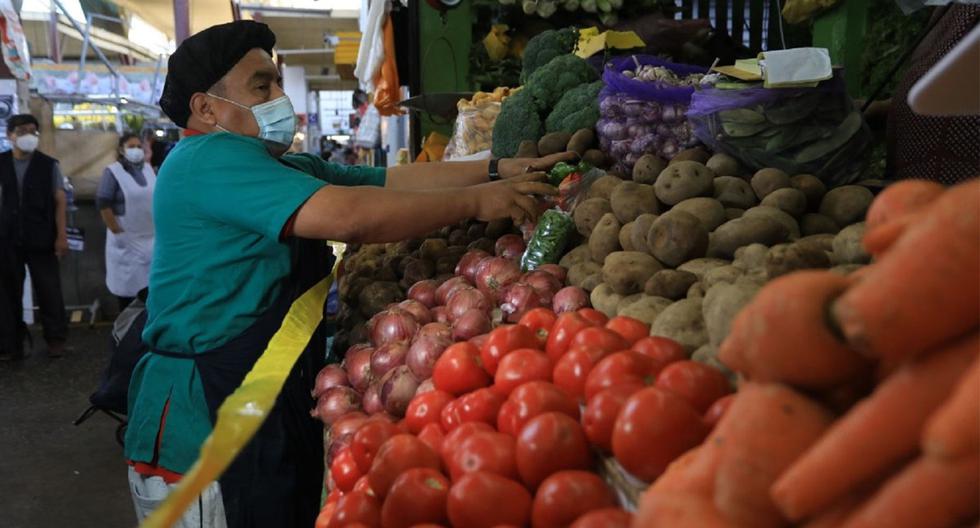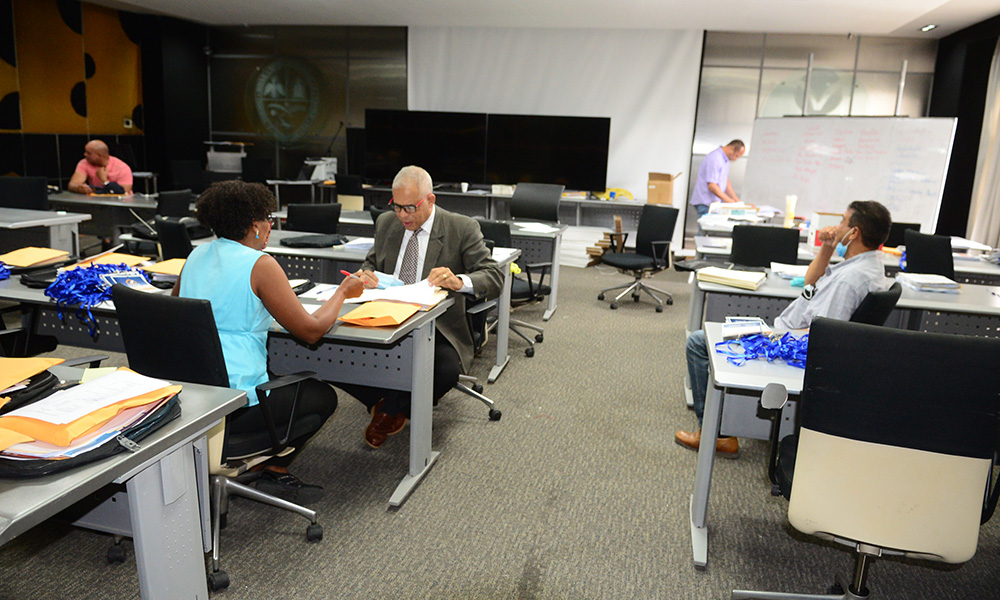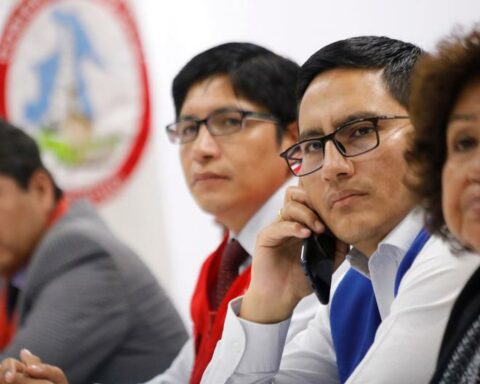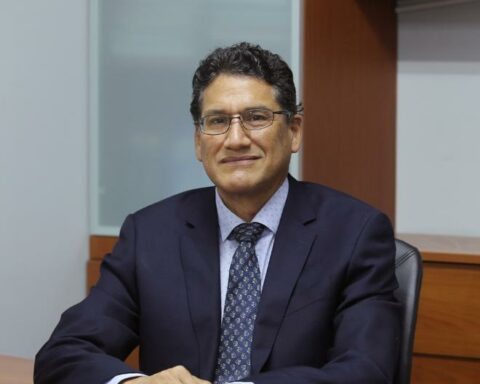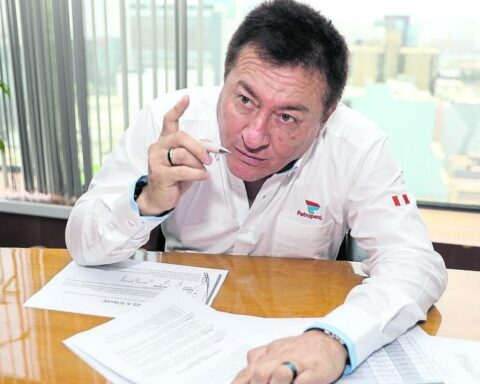By Taxpayers Association
A few days ago the President Pedro Castillo He stated: “Today famine is going to happen only to those who do not work, to the idle.” But a carrier strike, the unsustainable rise in food and fuel prices and the decline in many economic indicators would be working against him. The hunger of the people is being promoted by the inability of this Government.
Let’s see the figures. According to the INEI, 1.3 million Peruvians go hungry in the country as they are in extreme poverty. This amounts to 9.9 million Peruvians if we consider the entire vulnerable population that is poor. This means that 1 out of 3 Peruvians is in a vulnerable condition of poverty in the country due to the misguided decisions and management of the Executive, which have led to private investment contracting while informality stood at 76.8% in 2021, the highest since 2010.
If we continue with the logic of the figures, of the vulnerable population that is poor, there are 5.3 million people with unsatisfied basic needs, which generate a situation of deep risk in the medium and long term, as they do not have hygienic services or economic independence. The absence of coherent policies and inefficiency in public spending are the reason why today 3.6 million Peruvians do not have access to drinking water and 9.7 million suffer from water stress (when the demand for water is greater than the available resource).
By geographic domain, monetary poverty was distributed in 2021 as follows: rural highlands (44.3%) and rural jungle (35%). Followed by urban mountains (23.3%), urban jungle (21.6%), rural coast (21.5%) and urban coast (17.9%). In the case of Metropolitan Lima and the Constitutional Province of Callao, poverty reached 24.9% of the population.
By department, we found that the highest levels of poverty were concentrated in Ayacucho, Cajamarca, Huancavelica, Huánuco, Loreto, Pasco and Puno, with ranges from 36.7% to 40.9% of the population. At a lower level are Amazonas, Apurímac, Junín, La Libertad, Lima Region, Metropolitan Lima, Piura and the Constitutional Province of Callao with a range of 24% to 27.1%.
And poverty is also rooted and becomes strong in informality. Today, at the national level, informality means that eight out of ten workers work in irregular conditions, while in Lima four out of nine people are underemployed.
The Association of Taxpayers of Peru calculates that the total population in vulnerability extends to more than 21 million Peruvians. Of these, 11.4 million do not pass the poverty line, but could fall into monetary poverty in the face of any change in their economic conditions due to the precariousness of basic services, employment and the high cost of living.
Peruvians earn less, prices rise more
The current crisis, triggered by international events but aggravated by the inefficiency of the Executive, has affected the pockets of all Peruvians. By economic sectors, the most affected in terms of purchasing power are workers in agricultural activities and commerce, where wages in real terms are today at levels of 10 or 11 years ago, while the precariousness of the labor market continues to worsen.
To the extent that galloping inflation is driven by the rise in food prices, the population of the most vulnerable socioeconomic levels is the one that is most affected because in most cases they spend up to 50% of their income on the basic consumer basket.
To understand the magnitude of the loss of purchasing power, we could consider that the increase in food prices affects 50% of the lowest social strata of the citizenry, while in the highest the impact is only concentrated in 20% of the population. family spending.

